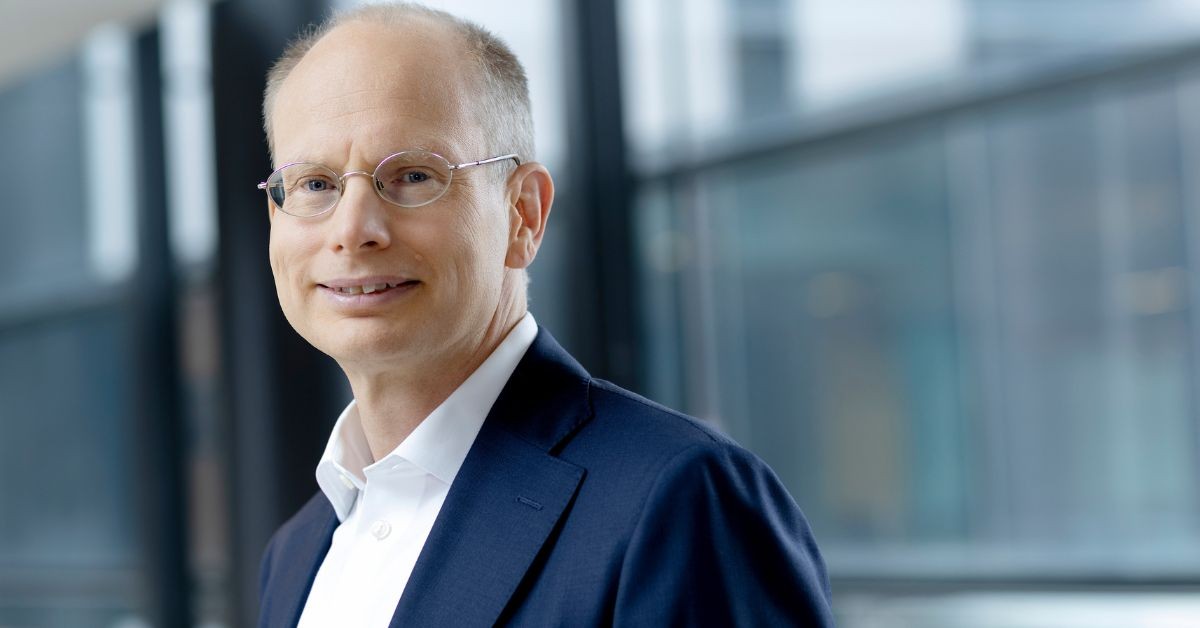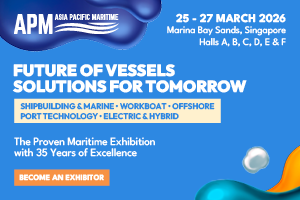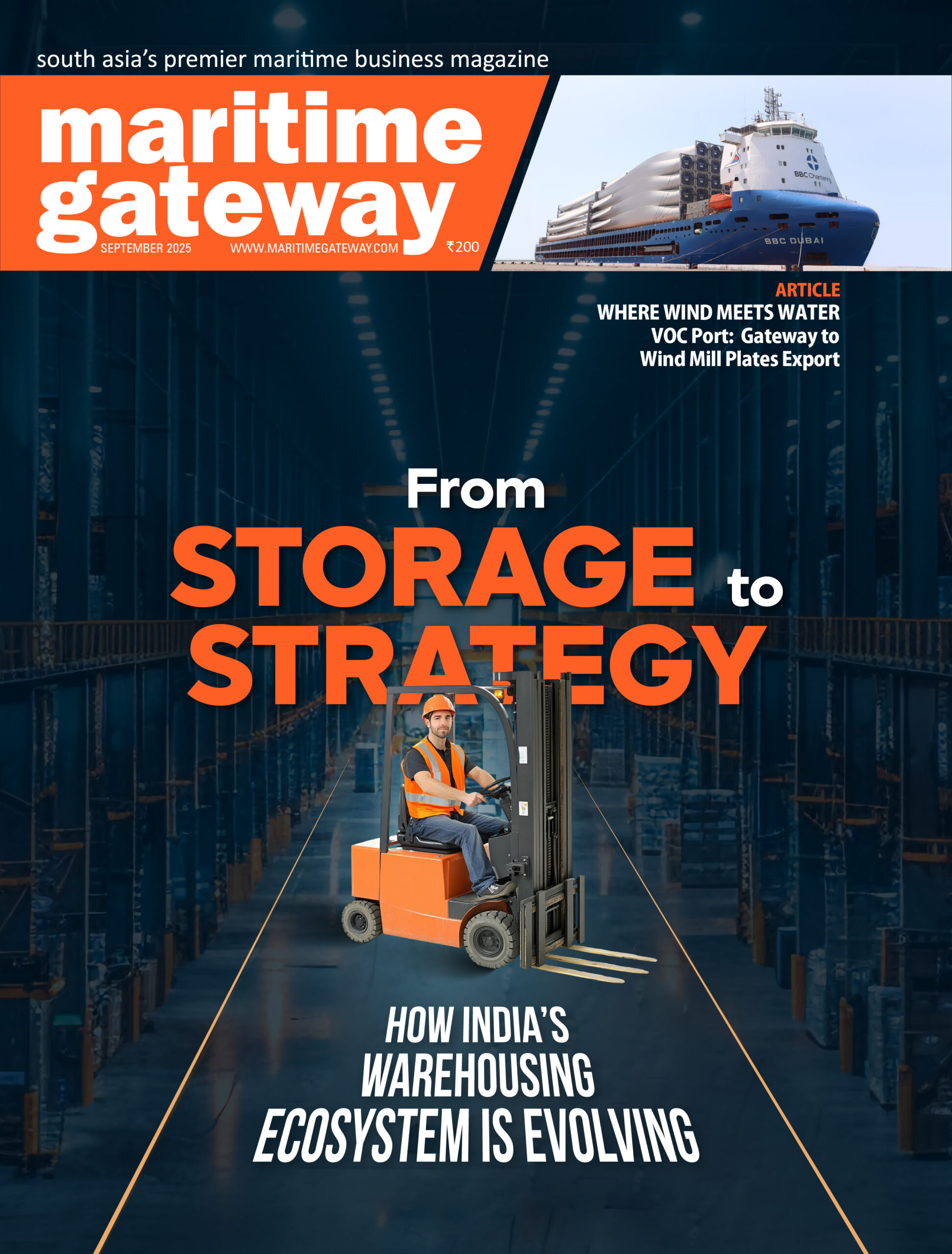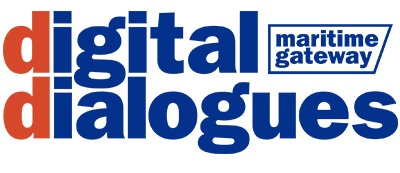Shipping is the ‘engine room’ of the global economy, responsible for transporting over 80% of world trade. Yet it finds itself navigating a moment of profound transformation; in just 25 years – the typical lifespan of a single vessel – the entire industry must eliminate its contribution to climate change.
Wärtsilä CEO Håkan Agnevall is clear: “Time is of the essence. The shipping industry needs to manage increasing demand for capacity while simultaneously delivering on the regulatory requirement to reach net zero by mid-century.”
But with uncertainty over future fuels, evolving regulations and mounting financial pressure, how can shipowners take meaningful steps today without betting on the wrong horse?
FUEL FLEXIBILITY IS KEY
At the heart of Wärtsilä’s strategy is the concept of fuel flexibility – a practical way to navigate today’s unknowns while staying ready for tomorrow.
“No-one knows which sustainable fuels will become the most available and cost-effective in the long term,” Agnevall explains. “So owners need to strike a balance between long-term viability and immediate decarbonisation. Forward-thinkers are already adopting engines capable of running on sustainable fuels, with a growing share of newbuilds and retrofits being fuel-flexible.”
This approach enables shipowners to react to market developments without locking themselves into a single pathway. “Investing in flexible options mitigates infrastructure and supply risks,” he says. “These vessels are future-proofed against more stringent regulations, and can convert more easily to whichever fuels emerge as preferred over the next decade.”
COST OF WAITING VERSUS COST OF ACTION
While the industry faces a confusing array of decarbonisation pathways, Agnevall urges shipowners not to let complexity stall decision-making.
“The decarbonisation transition has many moving parts and can feel overwhelming,” he admits. “But the costliest action a business can take today is inaction. 2050 is less than one vessel lifetime away – capital expenditure decisions need to happen now.”
His advice? Start by ensuring fuel readiness. “Prioritising fuel flexibility will enable compliance with regulations in emission-controlled areas while giving operators the option to determine fuel choice based on cost and availability.”
Wärtsilä’s role, he says, is not just to deliver technology, but to partner with owners on their journey. “We don’t just sell a product – we want to develop a partnership. We begin by understanding the customer’s specific needs, and then tailoring flexible solutions that help them transition at the right pace, with the right tools.”
DECARBONISATION ISN’T JUST ABOUT FUELS
While fuel strategy is critical, Agnevall sees digitalisation as a vital third pillar – alongside fuel transition and emissions abatement – in reaching net-zero goals.
“Achieving these targets will require us to burn less fuel, adopt abatement solutions and embrace sustainable fuels. The first of these – efficiency – is where digital technologies play a huge role,” he says.
From digital twins that simulate vessel performance in near-real conditions, to AI-powered voyage optimisation, the focus is on connecting the entire maritime ecosystem – from propeller to port.
“Digital twins can help optimise hulls and engines, increasing vessel lifespan and lowering maintenance costs. They can also improve safety by, for example, comparing actual roll angles to ship stability models,” Agnevall explains. “Machine learning, meanwhile, helps optimise routing and detect equipment degradation early – improving uptime and reliability as well as saving fuel, money and emissions.”
Wärtsilä’s ambition is to connect data across the lifecycle to unlock better decisions. “Through AI and voyage solutions, we can connect and optimise the entire ecosystem –helping fleets to improve efficiency, cut costs and reduce GHG emissions.”
DE-RISKING THROUGH STRATEGIC SUPPORT
Given the growing complexity, and not least geopolitics, Wärtsilä has placed strong emphasis on de-risking the transition.
“Our customers want a credible speaking partner. They want a sounding board for their ideas,” Agnevall says. “Take our Decarbonisation Modelling Service – we create a digital model of a ship using operational data from multiple sources, and use it to build an optimal decarbonisation path for that vessel or fleet.”
This consultative approach extends into long-term operational support. “Our Lifecycle Agreements help optimise operations and maintenance to ensure assets deliver maximum value over time,” he explains. “As every business model is unique, we are committed to supporting our customers with transition strategies they can trust.”
COOPERATION IS FUNDAMENTAL
Wärtsilä has long championed collaboration – not just as a buzzword, but as a foundational principle of innovation. Their Sustainable Technology Hub (STH) in Vaasa is a case in point.
“At STH, we do research, develop, innovate and pilot products and solutions that support the journey toward a sustainable society. But we don’t do it alone – we work with an ecosystem of companies, start-ups, organisations and academia.”
With a nod to Nor-Shipping, Agnevall points to two Norwegian examples that reflect this mindset.
“We have, for example, partnered with Eidesvik to supply equipment for converting an offshore PSV to operate on ammonia fuel. This is part of the Horizon-funded ‘Apollo’ project to accelerate climate neutrality by 2050.”
He also cites the recent launch of Wärtsilä’s carbon capture system, developed in collaboration with Solvang ASA. “We piloted a full-scale system onboard Solvang’s Clipper Eris, and it’s now been brought to the commercial market. Projects like these are only possible through partnership.”
RETURNING TO NOR-SHIPPING
With so many moving parts, Agnevall sees Nor-Shipping as more than a trade show. It’s a necessary forum for clarity, confidence and cross-sector dialogue.
“I’m excited to be coming to Norway to celebrate Nor-Shipping’s 60th year. At a time when the sector faces mounting pressure to accelerate its green transition, Nor-Shipping provides an important platform for leaders to discuss both the challenges and opportunities.”
Wärtsilä is returning as a Blue Talks partner, and will be showcasing its decarbonisation solutions, participating in expert panels and hosting meetings with customers and partners.
“Our focus is on 2050 and what needs to happen now to reach net zero in a financially viable way,” Agnevall says. “I’m also looking forward to the United Nations meeting on Oceans at the Prime Minister’s residence. It’s focused on science-based, ambitious pathways for shipping decarbonisation – a topic we are proud to help advance.”
THE REAL MEANING OF ‘FUTURE-PROOF’
What does it mean to be truly future-proof in today’s maritime world?
“Green is not black or white,” Agnevall reflects. “No single solution will carry us through the energy transition. Sustainable fuels will be crucial, but right now they’re limited in quantity, cost and infrastructure. That’s a challenge we need to overcome – but it doesn’t mean we should wait.” Instead, Wärtsilä’s approach is to take every available action – now – while remaining agile for what’s to come. “In my book that’s the best way to deal with uncertainty,” Agnevall concludes









